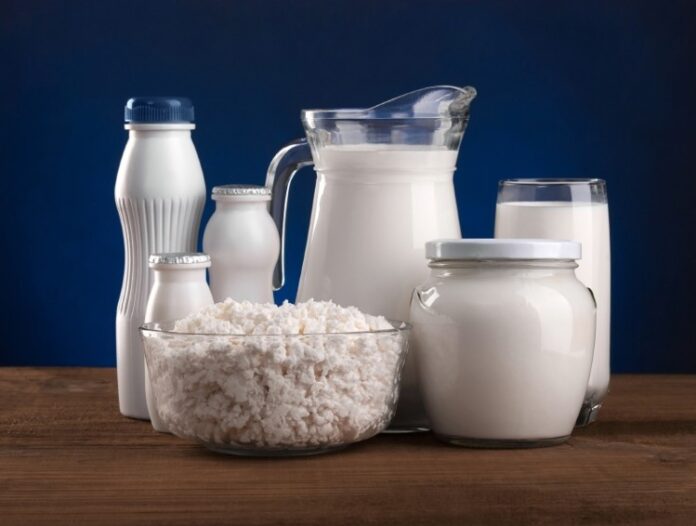With the ever-increasing amount of food recalls and dangerous bacteria, it’s imperative to be able to test your milk or any other dairy products for bacteria. With a few simple techniques, you can keep yourself and your family safe from harmful bacteria and reduce your risk of food poisoning.
Introduction
One of the most important ways to protect your health is to test your milk and milk products for the presence of bacteria. There are several ways to test your milk and milk products for the presence of bacteria.
One way to test your milk for the presence of bacteria is to use a bacteriophage test kit. This kit uses viruses to identify different types of bacteria.
Another way to test your milk for the presence of bacteria is to use an acid-fast test. This test uses a special dye that can detect the presence of bacteria.
Finally, you can also test your milk for the presence of bacteria using a PCR (polymerase chain reaction) test. This test uses DNA from the bacteria to identify it.
Whichever method you choose, make sure to use it in conjunction with other safety precautions, like pasteurization and refrigeration, to ensure that your milk is safe to drink.
Contamination of Milk
1. One way to test for the presence of bacteria in milk products is to use the lactose test. This test measures the amount of lactose in a sample and can be used to determine if the milk product has been contaminated with bacteria.
2. Another way to test for the presence of bacteria in milk products is to use the Lactobacillus monocytogenes (Lm) test. This test detects the presence of Lm, a bacterium that is often used as a marker for the presence of bacteria in milk products.
3. If either of these tests indicates that the milk product has been contaminated with bacteria, it should not be consumed. Other milk products can be safely consumed, but care should be taken to ensure that they are also free from bacteria.
Milk Contamination Test
If you are concerned about the safety of your milk and milk products, you can test them for the presence of bacteria. There are a few different ways to do this.
One method is to use a milk contamination test. This method tests for the presence of bacteria species such as Salmonella, E. coli, and Listeria. Cultivator Phyto Lab provides these testing available to test these food products.
Another way to test for the presence of bacteria is to use a food safety testing lab. These labs can perform a variety of tests on milk products, including tests for the presence of bacteria. They also have equipment that can measure the level of contamination in milk products.
Whichever method you choose, be sure to follow the instructions carefully. Also, be sure to store your milk and milk products in a safe place, away from children and other animals.
5 Ways To Test Milk For Bacteria
Bacteria can cause food poisoning, and testing milk for bacteria is one way to prevent this. There are five different ways to test milk for bacteria:
1. using a digital food thermometer
2. using a rapid streptococcus test
3. using a coliform test
4. using an immunochemical test
5. using a biofilm formation assay.
Digital Food Thermometer: A digital food thermometer can be used to test the temperature of the milk being tested. The quickest way to test for bacteria is by using a digital thermometer. For this test, set the thermometer on your counter for two minutes and then plunge it into a container of milk. The reading will be followed by a number from one (coldest) to seven (warmest), which contains information about the temperature of that particular sample. The higher the number, the hotter the sample is.
Rapid S. Test: The rapid streptococcus test can be used in place of a coliform count or biofilm formation assay in testing for bacterial contamination. What you do is add drops of water to two grams of milk and then shake them up. This gives you a COLOR reaction that tells you the number of coliforms present in the sample.
Conclusion
Testing your milk and milk products for the presence of bacteria is important to ensure that you are getting safe products for your family. By testing your milk and milk products, you can be sure that you are not consuming food or drink that could contain harmful bacteria. There are a variety of ways to test your milk and milk products for the presence of bacteria, so be sure to check out our guide to testing for bacterial contamination in dairy products.
